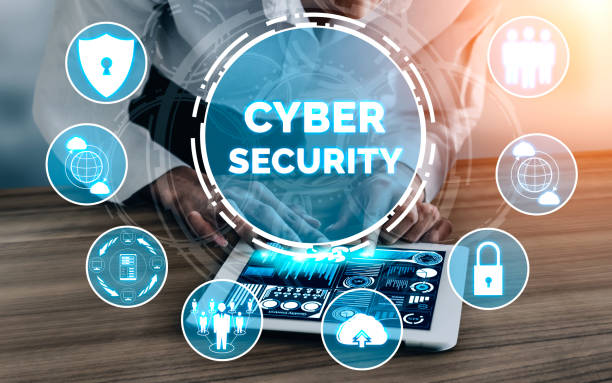
Unforeseen economic disruptions, ever-changing repercussions from the pandemic and the ongoing conflict in the region between Ukraine as well as Russia have all provided cybercriminals a reason to be carrying out sophisticated attacks. As opposed to reacting once they occur, this is the ideal moment for businesses to revise their security plans, actively strengthen their cybersecurity and keep up-to-date with the evolving cybersecurity privacy, compliance, and security environment as they change.
In order to do this effectively businesses must keep up-to-date with the latest cybersecurity trends, particularly when they change at a whim. Let’s review the top cybersecurity trends you should be aware of in 2022:
1. Ransomware Attacks will continue to Grow
The constant growth of ransomware-related attacks across the globe has encouraged cyber attackers to carry on planning attacks on innocent victims. Since cloud service models expand and widespread, the use of ransomware as a service is expected to soon trigger an explosion in new threats. In 2022, cybercriminals are likely to shift their focus to regions where there aren’t the security resources or regulations to prevent them, witnessing a rise in attacks. To ensure that one attack doesn’t affect thousands or hundreds of endpoints or users, companies will need to develop strategies to identify and guard against the first line of attack employing modern data science tools and models to find weaknesses within their network. They’ll also need to continuously update patches, monitor remote access and educate users on how to defend themselves against these attacks.
2. The way we think of authentication will be Changing
The escalating number of cyberattacks with the rapid expansion of remote working has opened the way for the continuous disruptions in cybersecurity. Secure passwords won’t suffice; in order to combat the flood of constantly evolving attacks, companies must rethink their authorization and authentication strategies. Incorporating multifactor authentication within the overall security and identity management processes will surely improve security beyond the security that passwords offer. However it is expected that in the next year, more advanced authentication methods will be created, which will allow companies and consumers to lessen their dependence on OTPs.
3. Blockchain Security is at risk
Businesses and even consumers believe that blockchain is secure from breaches and attacks But the next year will be a proof of that! Companies that rely on blockchain technology to facilitate digital transactions as well as supply chain monitoring and data sharing that is secure will start to witness attackers using advanced methods to gain access to these networks using peer-to-peer ledger-based attacks based on smart contracts. To tackle these levels, sophisticated companies will have to enhance the security of their devices, invest in monitoring tools for networks, implement greater data encryption and adopt security-grade routing protocols.
4. Cloud Security Attacks are likely to drive Hybrid Cloud Adoption
Remote working has led to an explosion in the use of cloud-based apps and tools, which makes them a frequent victim for malicious actors. As new threats are constantly appearing and evolving, hybrid cloud strategies are likely to become the norm as it will enable organisations to better manage and secure their data, as well as creating stronger security measures around important data. Clouds offer a larger threat surface, in the coming years, businesses must focus on reducing attack areas and limiting the impact. This can be accomplished by increasing cloud visibility, monitoring the user’s activity and employing tools that help to react quickly to any incidents.
5. Everyone Should Consider a Zero-trust Approach
There is a time when access to systems and data were initially provided to users. Then security measures were formulated in accordance with the roles and responsibilities of each. In 2022 among the top talked about cybersecurity trends set to take space in the news will be zero trust. This is especially true because the hybrid model is still prevalent. Implementing the zero-trust strategy will permit enterprises to clearly check identities, locations and the endpoints they use, and guarantee least access to data as well as assets. In the event of a breach, they will be able to effectively deal with the challenges caused from the hybrid work environment and ensure the safety of data, individuals and devices irrespective of where they are.
Tackle the Latest Cybersecurity Trends
The past two years have been a struggle for companies in numerous aspects. Although many have been able to rebound and adjust to the changing times however, the continuous flurry of cyberattacks designed by hackers has been difficult to handle. As new cybersecurity threats come every year, it is essential to work with a certified Managed Security Provider who will help you keep a step ahead of these changes. Through helping you revise the security tools you have in place, develop suitable strategies and implement essential controls an expert in cybersecurity can assist in the implementation of an effective security framework, thereby securing your company as well as your customers, their data, and.






